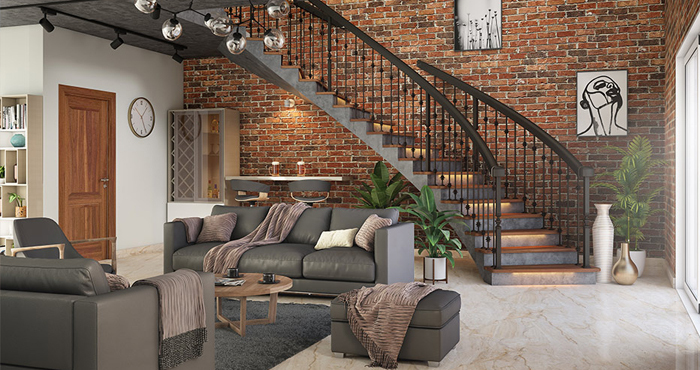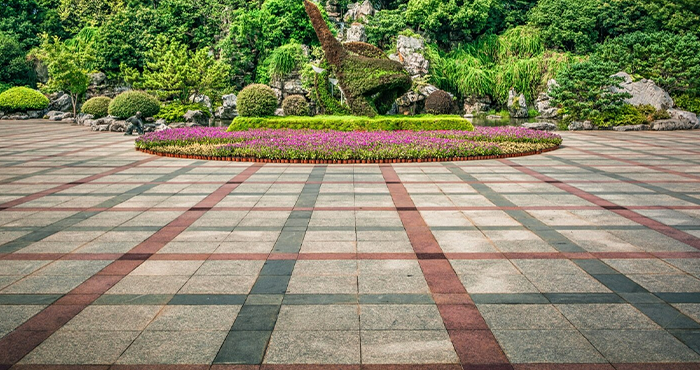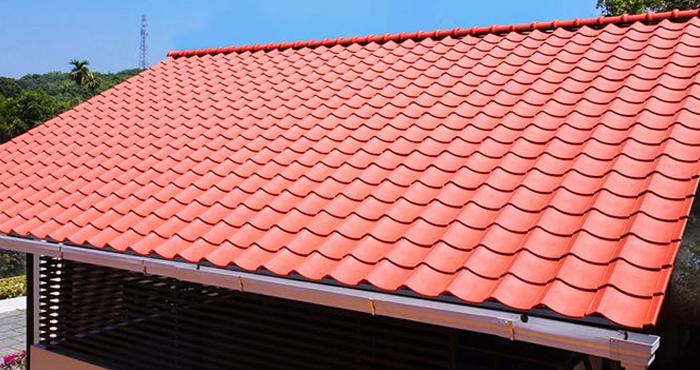Brick is a multipurpose building material that has been used for many years and for many different purposes. It is a long-lasting material with high compressive strength. It acts as an excellent structural element for construction and civil engineering projects such as buildings, bridges, arches, walls, floors, fireplaces, patios, or sidewalks. According to the substance, size, and texture, there are several types of house bricks used in construction.
Unburned bricks, commonly referred to as sun-dried bricks, are among the oldest types of bricks. They are naturally dried by sunlight. Since they often have inferior strength, they are seldom used for contemporary civil engineering. Bricks are used for architectural applications due to their aesthetic charm as well – let’s take a look.
What Exactly are Bricks?
The simplest explanation is that they are baked clay construction bricks. The many parts that make up modern types of house bricks increase their strength, weight, density, and utility for a wide range of applications.
What are the Characteristics of Bricks?
Bricks are also known as face bricks when they are used as facing bricks, indicating that the face is exposed and apparent. When using face types of house bricks, it is important to take the look of the brick surface into account. This may necessitate using a more expensive class of bricks that has few to no flaws, and displays the required texture or design style. The backing brick serves as a support system and is not visible.
There are hollow and perforated bricks in addition to the majority of bricks, which are solid. Perforated and hollow bricks are frequently employed in non-load bearing applications because they are lower in weight, use less raw resources to manufacture, and are less expensive.
What are the Types of House Bricks?
Extruded bricks
Common extruded bricks are affordable types of house bricks that may be utilised for building or household projects where the faces will be covered or hidden. Making extruded bricks involves pushing clay through a die that creates holes and wire-cut faces. The bricks are lighter because of the perforations, making them less expensive and simpler to use than dry-pressed bricks, and the rough sides make it simpler to apply finishes as cement render.
Pressed bricks
Making these sturdy types of house bricks involves squeezing clay into distinct moulds. To press clay into a mould to create cladding tiles, bricks, or pavers, clay powder with certain moisture content is used. Bold, contemporary architecture and residences designed in the Federation style complement their strong lines.
Concrete bricks
Solid concrete is combined with ingredients including cement, sand, coarse particles, and water to create concrete bricks. The dimensions of these types of house bricks may be modified to meet the required dimensions. These are typically used in fences, hidden/inner brickworks, facades, and other architectural features because they have a stunning visual presence.
Fly-ash brick
A combination of fly ash and clay is burnt at an exceptionally high temperature to produce fly ash bricks, also known as fly ash clay bricks. In electrical power production facilities, the combustion of pulverised coal produces fly ash, a glassy particle. Fly ash is added to bricks to produce self-cementing bricks with higher calcium oxide concentrations, reduced porosity, and lower levels of water penetration.
Clay Brick burnt
The most prevalent types of house bricks used in buildings are made of clay. Bricks made of clay that have been burned include fire bricks. These are often known as common bricks. When clay is moulded, dry-pressed, or extruded, it is then dried and burnt in a kiln to produce burned clay bricks. The classes of this type of brick—first, second, third, and fourth—are important distinguishing characteristics. These classes relate to strength and porosity as well as appearance.
Bricks provide the Following Advantages
Best bricks for home construction have several benefits over similar-functioning alternatives in construction applications.
- A brick is a robust material that may survive for hundreds or even thousands of years.
- The brick can tolerate exposure to high heat and is fireproof.
- The noise-cancelling and sound-isolating properties of brick are good.
- Bricks may be produced locally without incurring transportation expenses since clay is practically universally available.
- Due to its consistent size, a brick is easier to work with than stone, which requires sizing and dressing.
- There are many talented craftspeople available who can use bricks in construction.
- For environmental protection, the best types of house bricks do not necessitate the use of paints or other treatments.
- Brick issues may be fixed as they are a modular building component, preventing the need to completely demolish and rebuild the building.
Conclusion
The most crucial element in construction, bricks are typically the foundation of most buildings. Over the past few years, bricks used in building construction have become more advanced, offering more strength and stability at a lower price. Each variety of brick used in construction has a particular purpose during the planning, building, and finishing phases of the structure. While guaranteeing you have a simple and dependable experience with their services, Jindal Mechno Bricks can provide you with the best services for brick needs.





